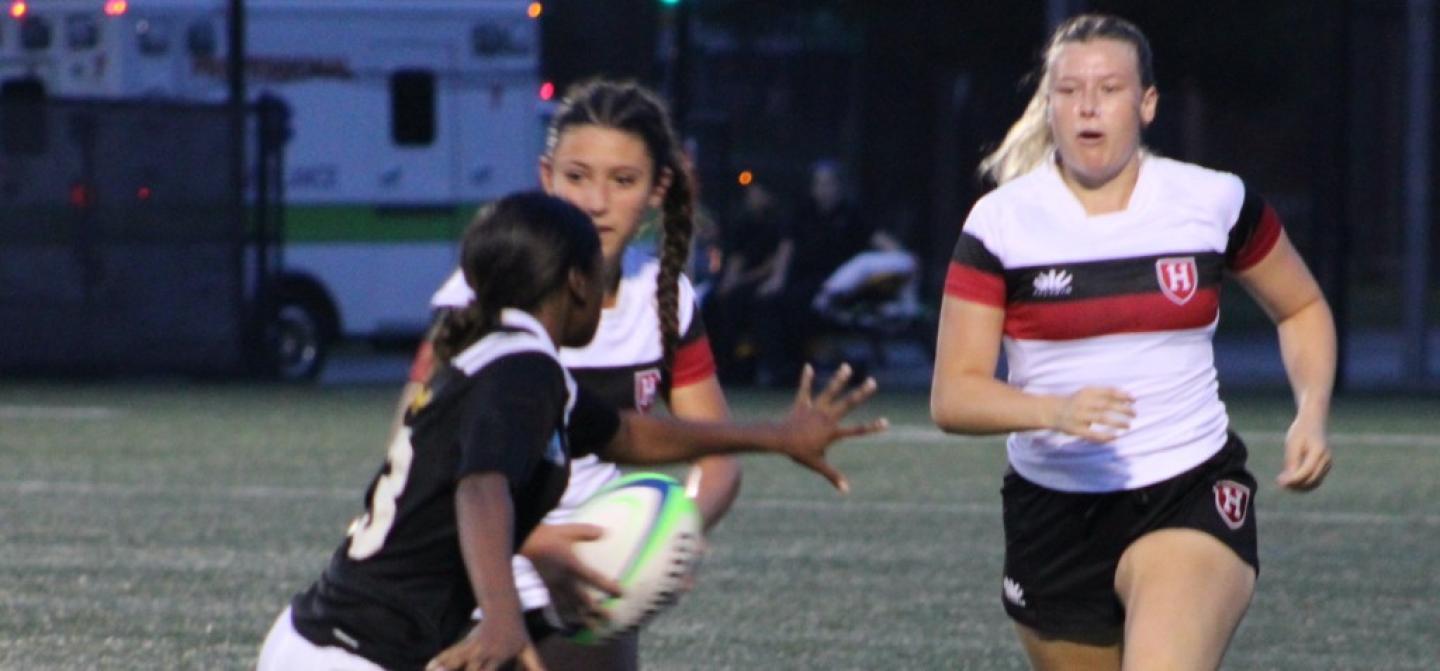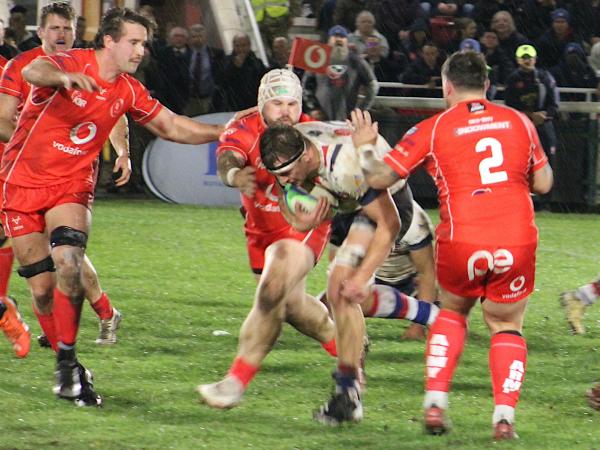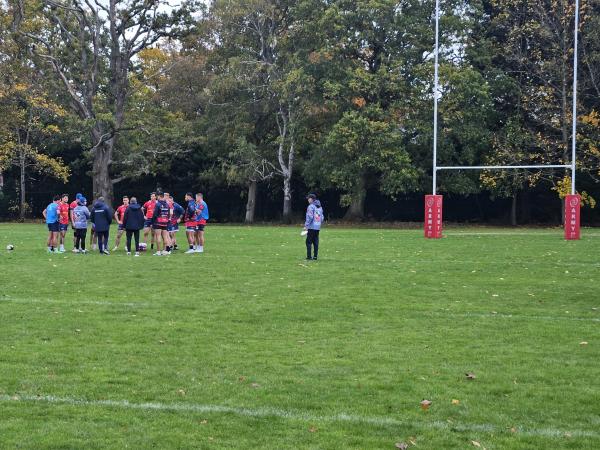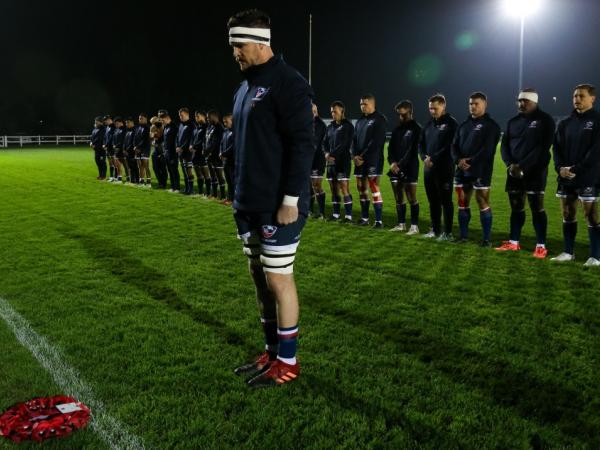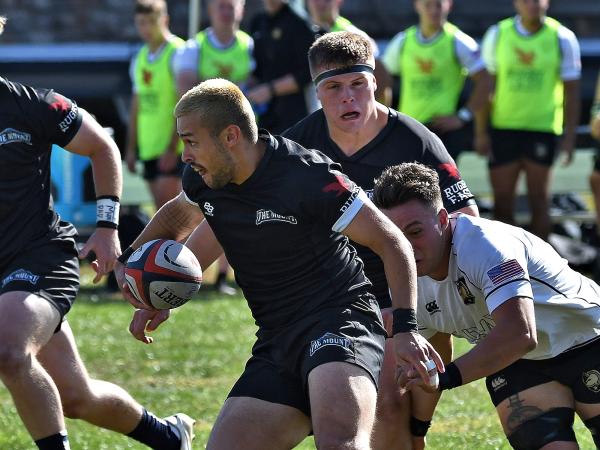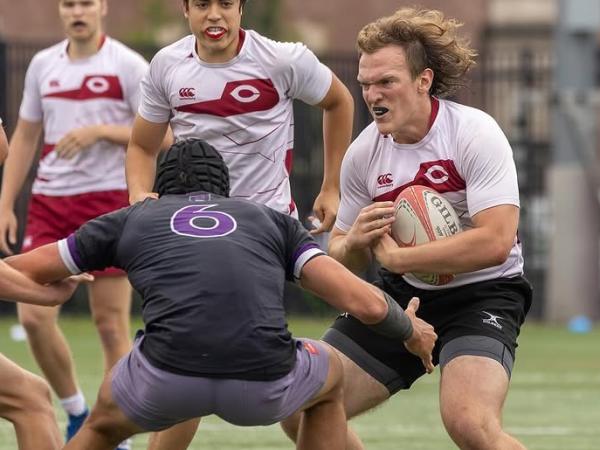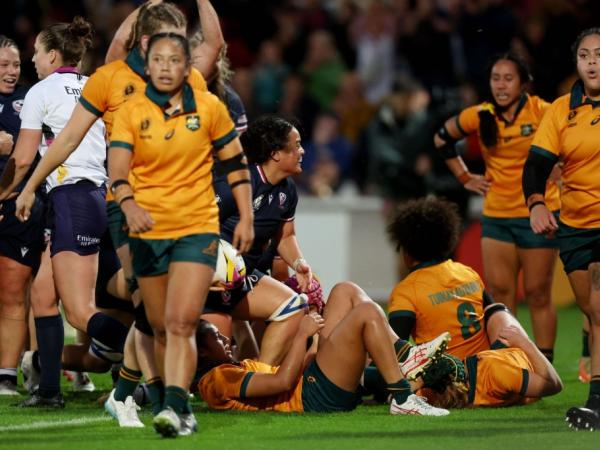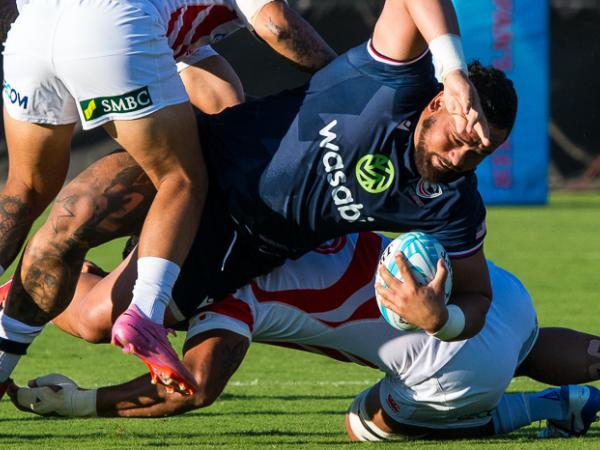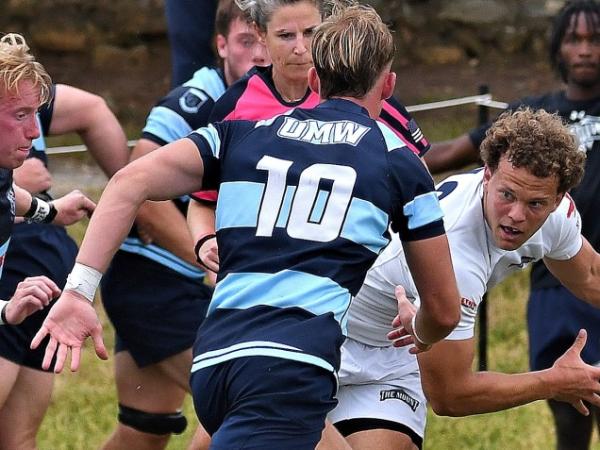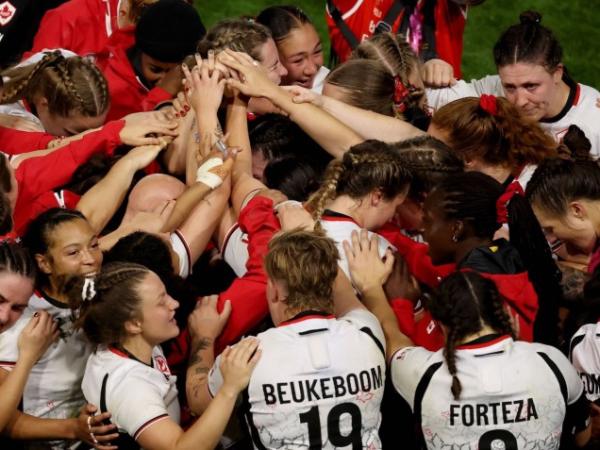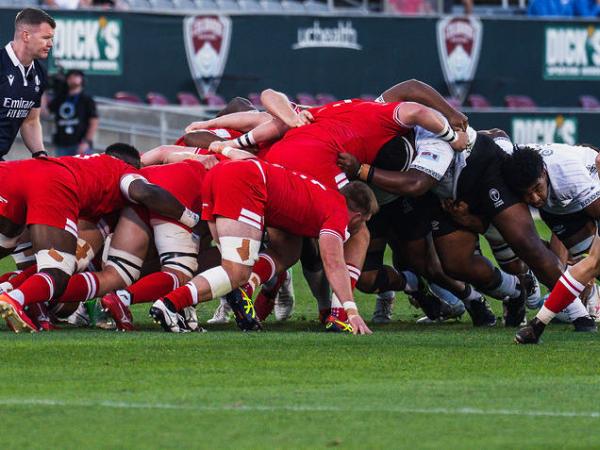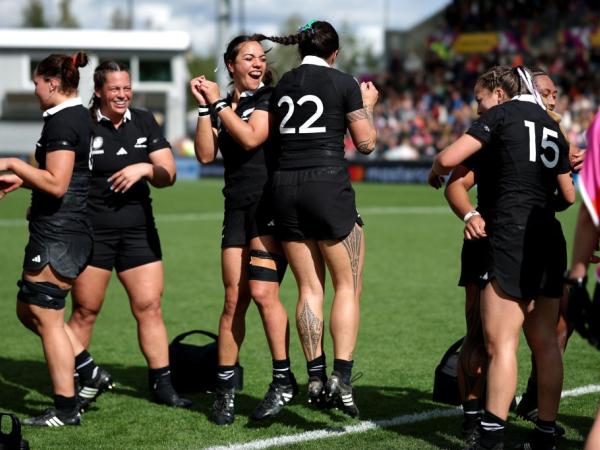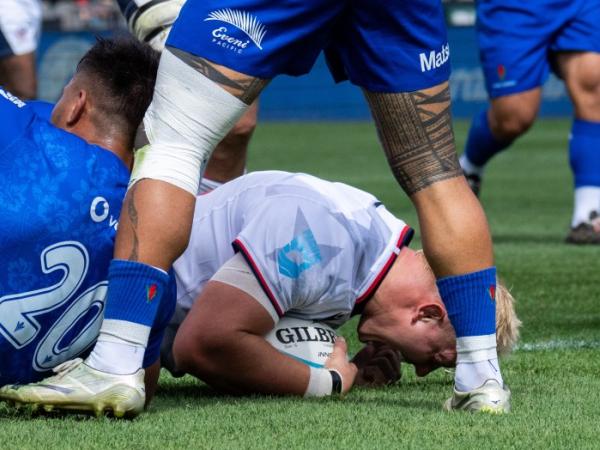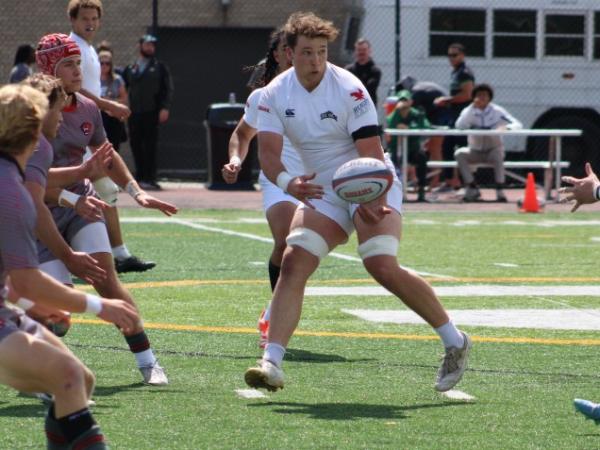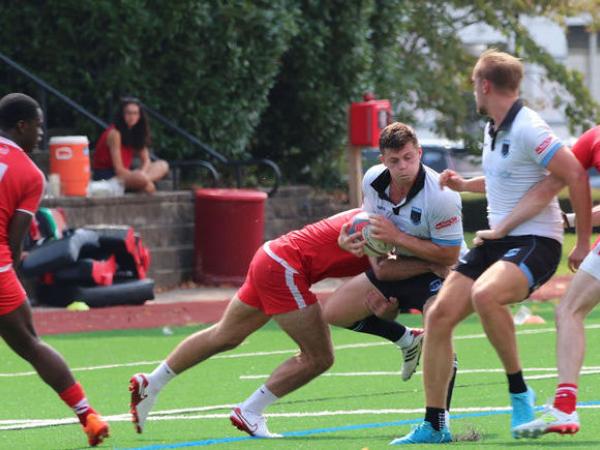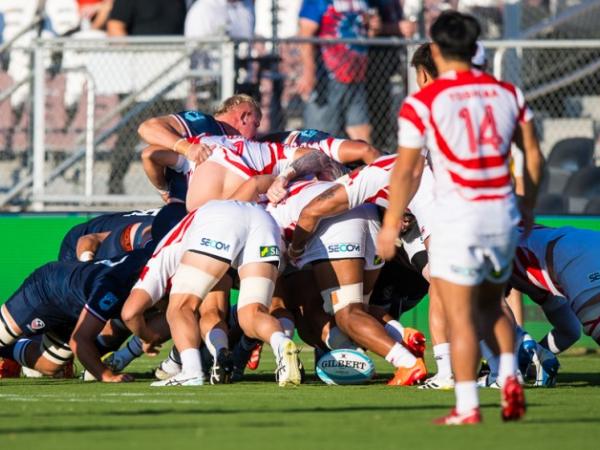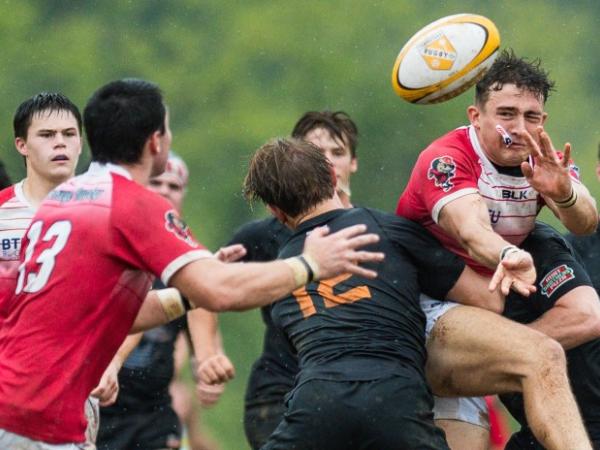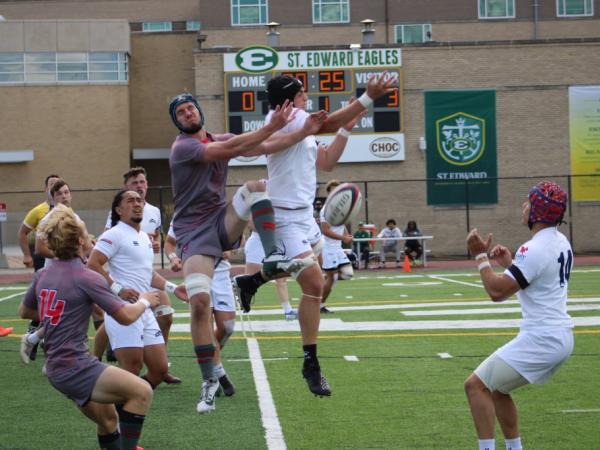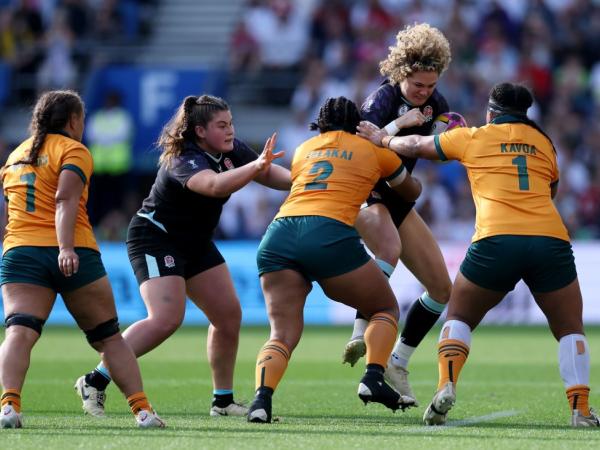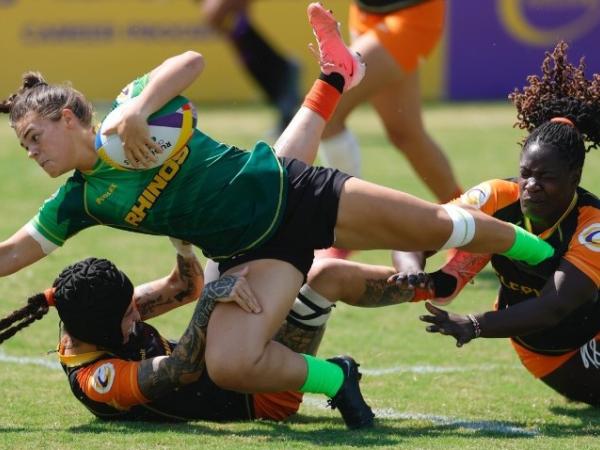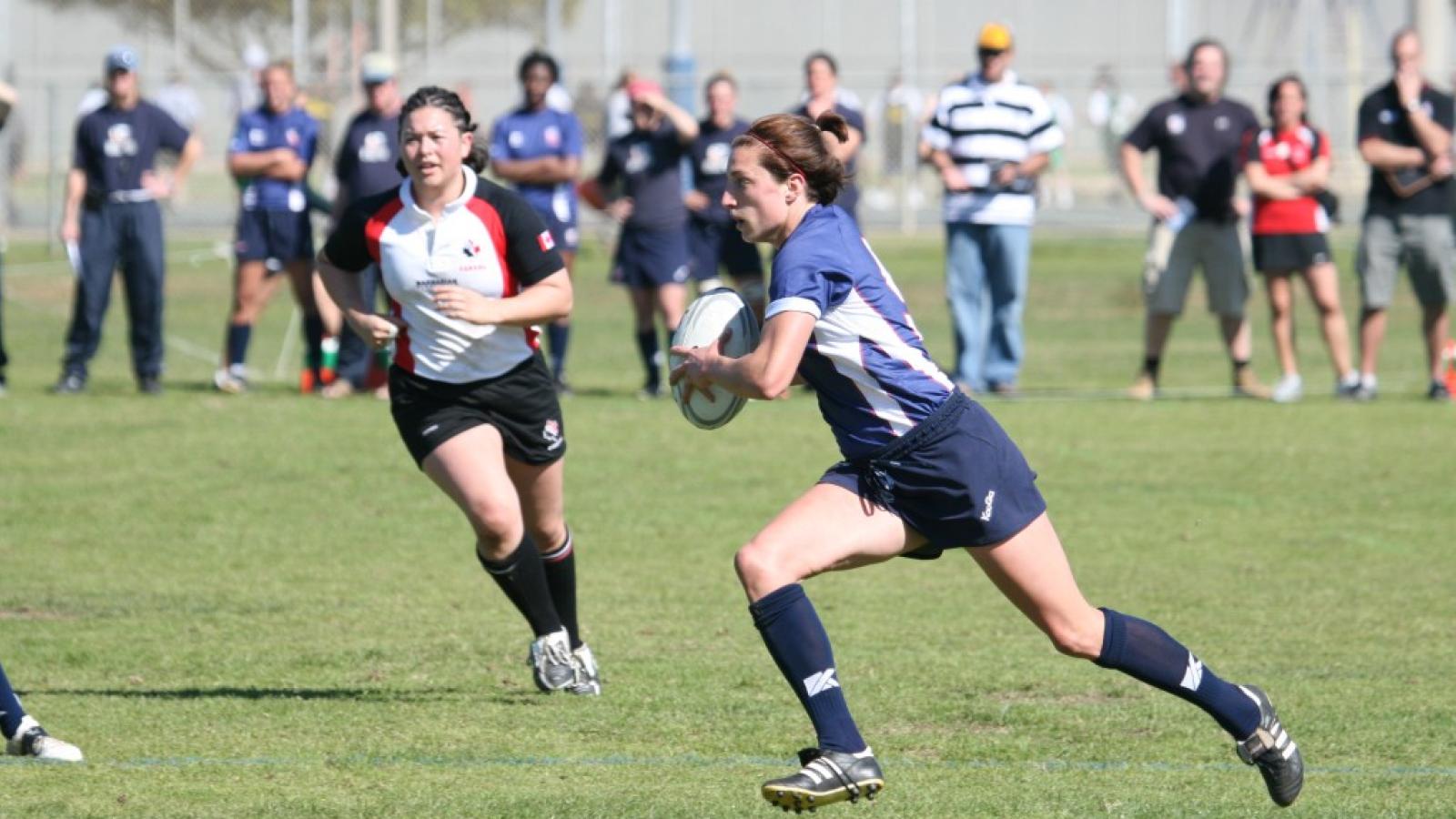NIRA’s standings are out and if you’re looking at the D1 standings you’ll see a whole bunch of weird numbers.
That’s because NIRA is starting to use a Power Rating formula for the competition, starting with D1 but with plans to expand if it works. The Power Rankings formula is something we’ve been briefed on by the NIRA super-computer which resides in a bunker in the Berkshire Mountains, and we could explain it all to you … but wed have to … you know.
Anyway, the thing is that the factors that go into the Power Rating, such as strength of schedule, are continually in flux. If a team starts poorly, and your team beats them, you get credit for beating a team that’s not-so-strong. But if that team you beat ends well, then your strength of schedule gets a boost.
In addition, there’s some stuff with league average points and standard deviations that also change every week, making exact predictions on how the rankings will change almost impossible.
But … here’s some info on how it happens.
1. Winning teams see their points scored in games capped at 65. So scoring more than that doesn’t help you. In fact, it hurts you, because points allowed is NOT capped, so a massive blowout only serves to undercut your strength of schedule. This is a metric that is fully supported by athletic directors within NIRA.
2. Points Per Game and Point Allowed Per Game are measured against the league, and those ratings combine to make the Team Rating.
3. An adjusted winning percentage takes into account the strength of the team you play. Normally you win a game it’s a win and you lose a game and it’s a loss. In this formula, if you beat a very strong team it’s more than a one win, and if you beat a team that’s struggling it’s less than a single win.
Conversely, if you’re not rated highly, a loss to a leading team won’t hurt you so badly.
4. That adjusted winning percentage and the Team Rating factor into the Power Rating.






